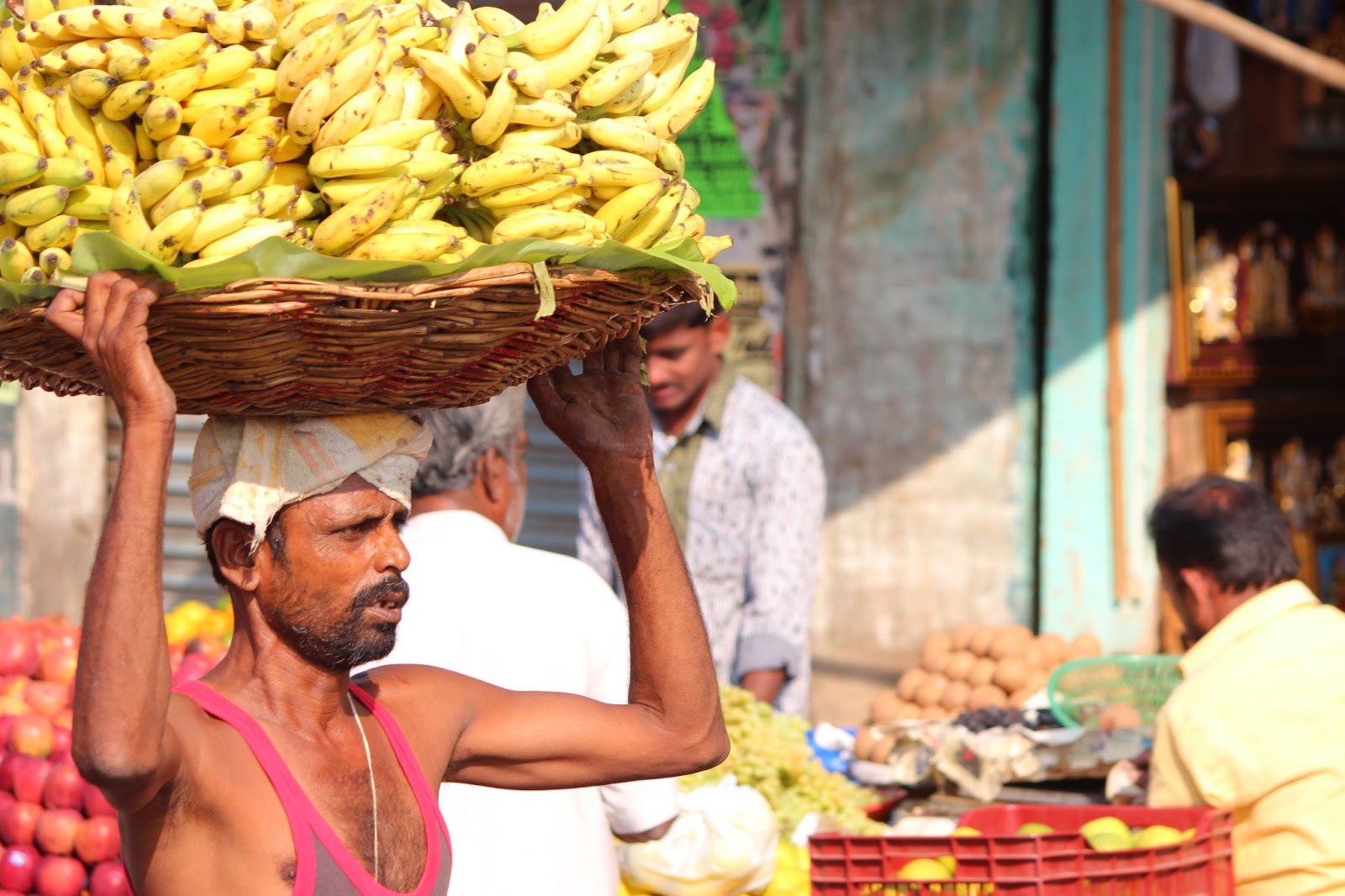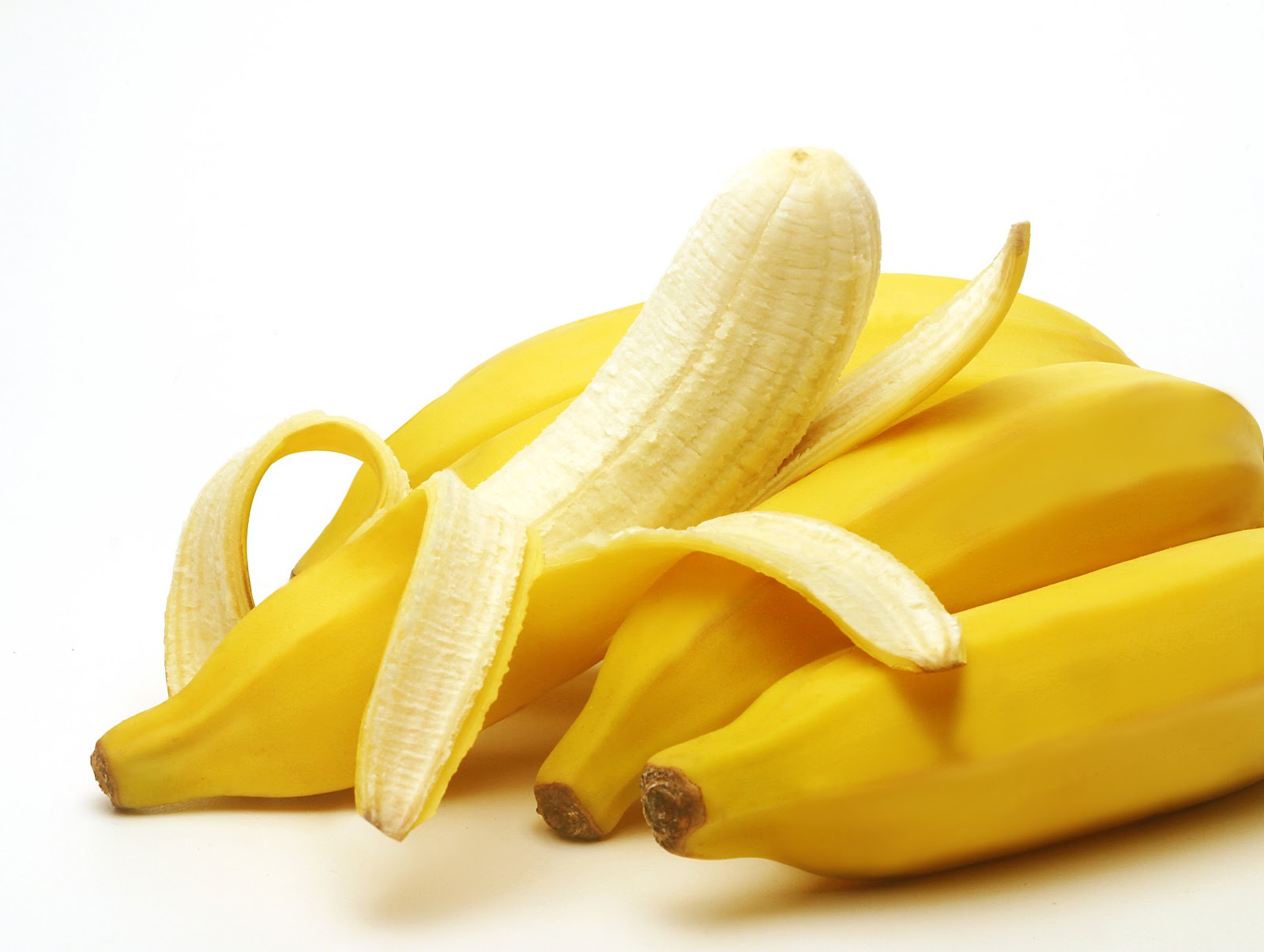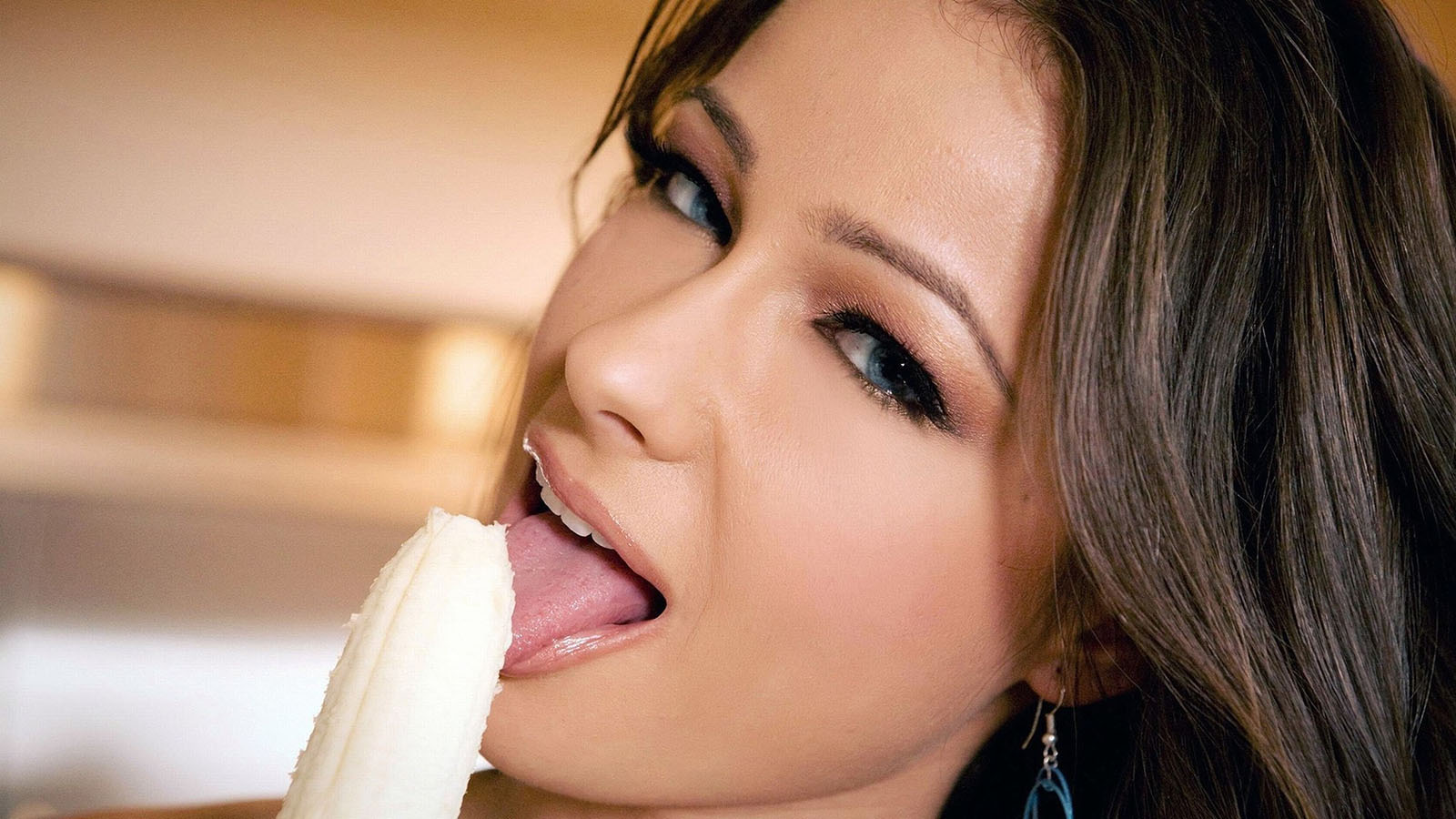by Katherine Brooking
Bananas are one of America’s favorite fruits, with some 96 percent of consumers reporting buying bananas last year. In fact, on average, Americans eat more than 28 pounds of bananas per person, per year! That’s good news because bananas are nutrient-rich and offer other a wide variety of health benefits. For example, did you know that bananas might actually help you feel happy, or that the smell of bananas could act as an appetite suppressant? Read on to find out who invented the banana split, why bananas are 37 percent cheaper than they were in 1980, and whether it is really true that bananas (as we know them) may become extinct in our lifetimes.
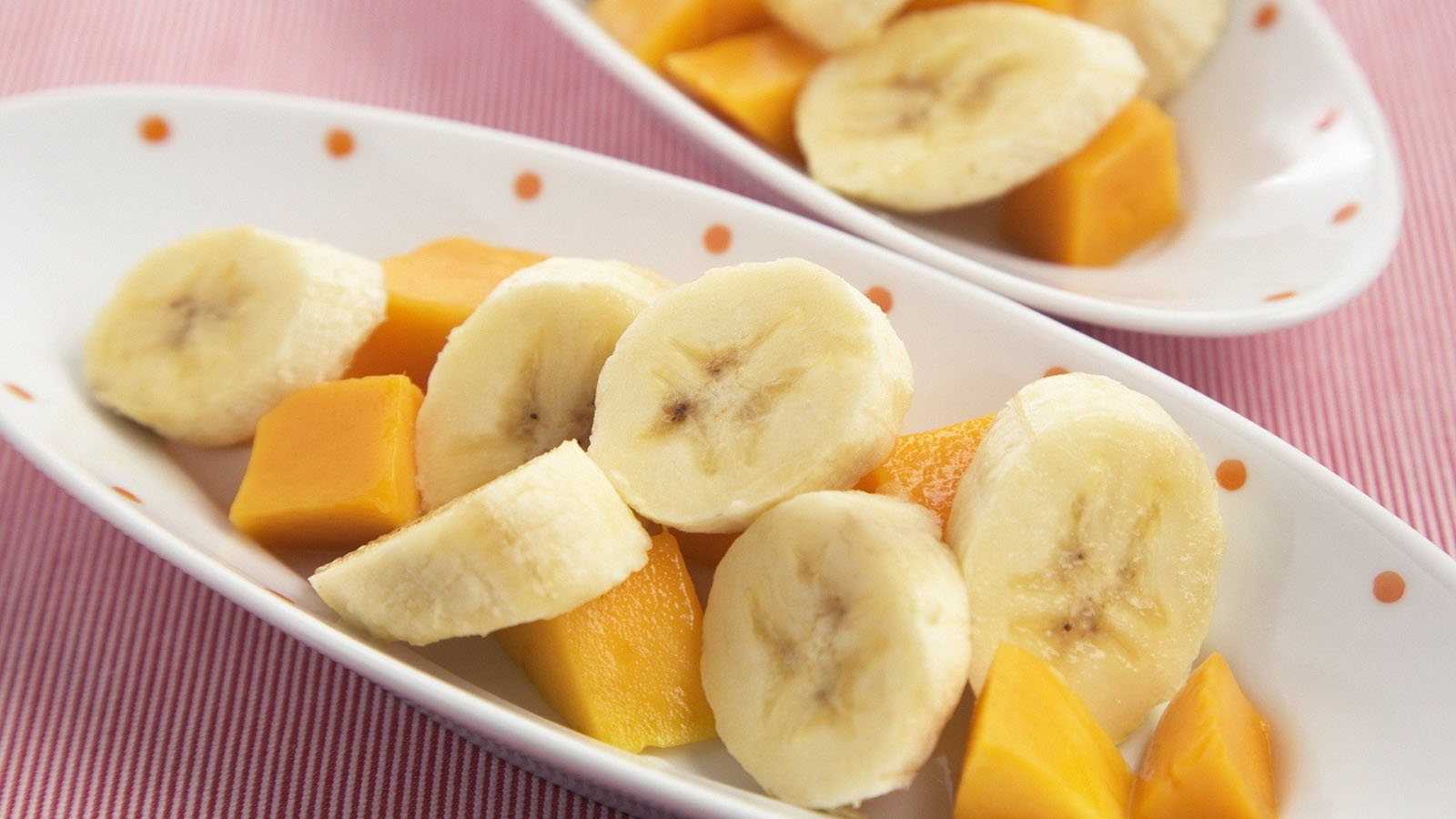
1. The Smell of Bananas May Suppress Your Appetite
Bet we have your attention now. Yes, according to a study performed at the Smell and Taste Treatment and Research Foundation in Chicago, smelling certain foods when you are hungry can trick you brain into thinking that you’ve actually eaten them. One of those foods is bananas. If that’s not enough to convince you that you can enjoy bananas while losing weight, smell one next time you are hungry. Appetite for Health
2. Bananas May Improve Your Athletic Performance
There may be a reason why most of the world’s best athletes love bananas. Olympian Yohan Blake reportedly eats 16 bananas a day! A recent study from Appalachian State University’s Human Performance Lab found that consuming half a banana every 15 minutes during a cycling time trial test was as effective as drinking a carbohydrate matched sports drink every 15 minutes. If you’re active, bananas are a great option to fuel your muscles while providing antioxidants and other nutrients that sports drinks lack.
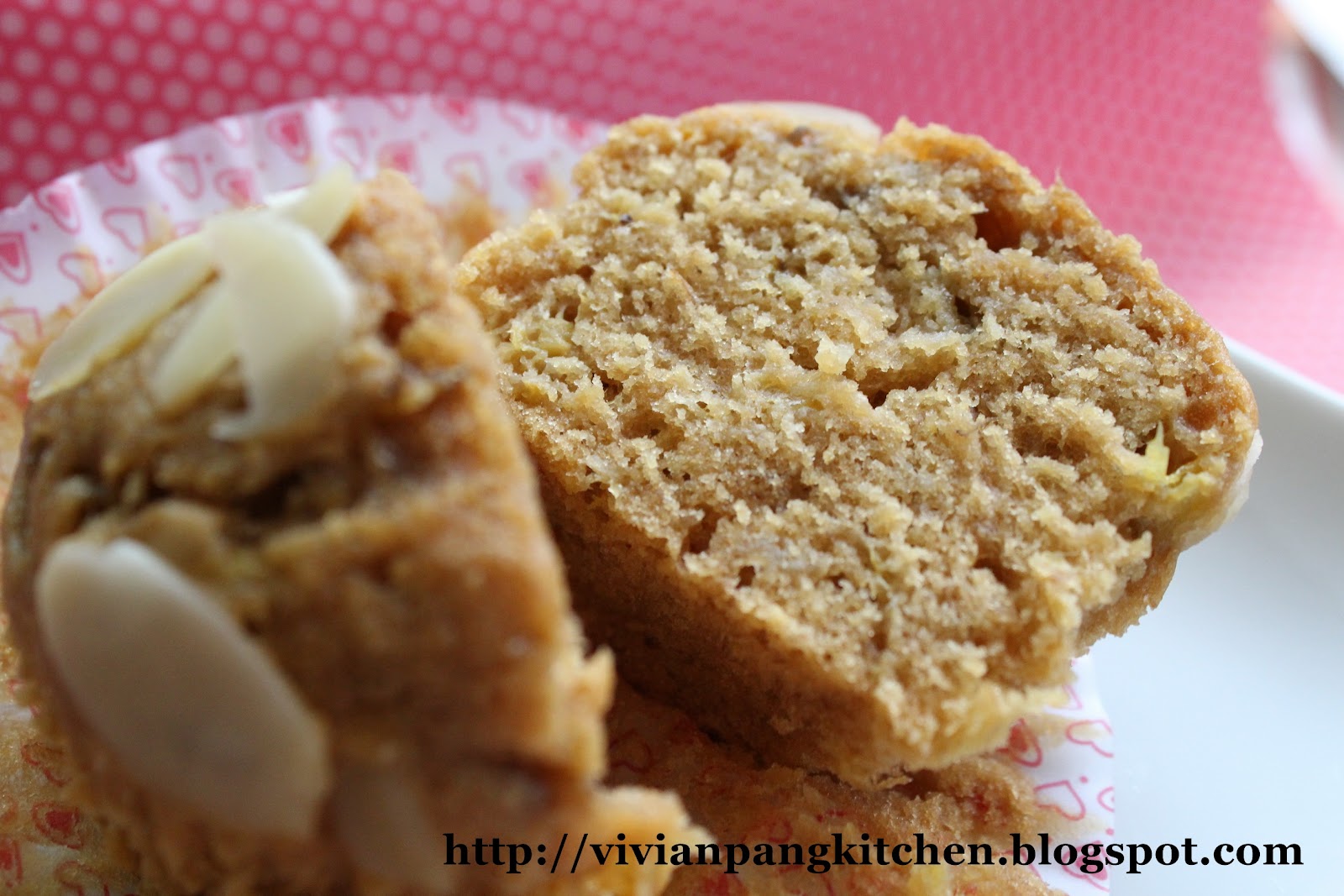
3. Bananas Are One of the Least Expensive Fruits We Can Buy
Banana expert Dan Koeppel told NPR in 2011, “The banana is the cheapest fruit in the supermarket, and that’s pretty weird because it’s shipped from great distances, and it requires a lot of handling and refrigeration, much more than apples, for example.” To put an actual price on that, earlier this year, Dr. Mark J. Perry, professor of economics at The University of Michigan wrote on The American Enterprise website, “I bought four bananas the other day at the local Safeway, and noticed when I looked at the sales receipt that the cost of the four bananas was only 95 cents, or less than 24 cents per banana. What a bargain!” Bananas pack an incredible amount of nutrition and health benefit at an incredibly low cost.
4. Banana Prices Have Decreased 37 Percent Since 1980
Due to greater efficiencies in production, distribution, and transportation, banana prices have been declining steadily over the past 30 years. Dr. Mark J. Perry, professor of economics at The University of Michigan wrote, “Banana prices today, after adjusting for inflation, are 37 percent lower than in 1980.” Perry mentions that bananas were first introduced to American consumers in 1876 at the Philadelphia Centennial Exposition where they sold for ten cents each. He writes, “In today’s dollars, that would be the equivalent of $3.00 per banana, or 1,150% more expensive than the 24 cents I paid at the local Safeway a few days ago!” While the cost of many items in our grocery carts are rising, bananas are one item that is truly cost-effective AND nutrient-dense.
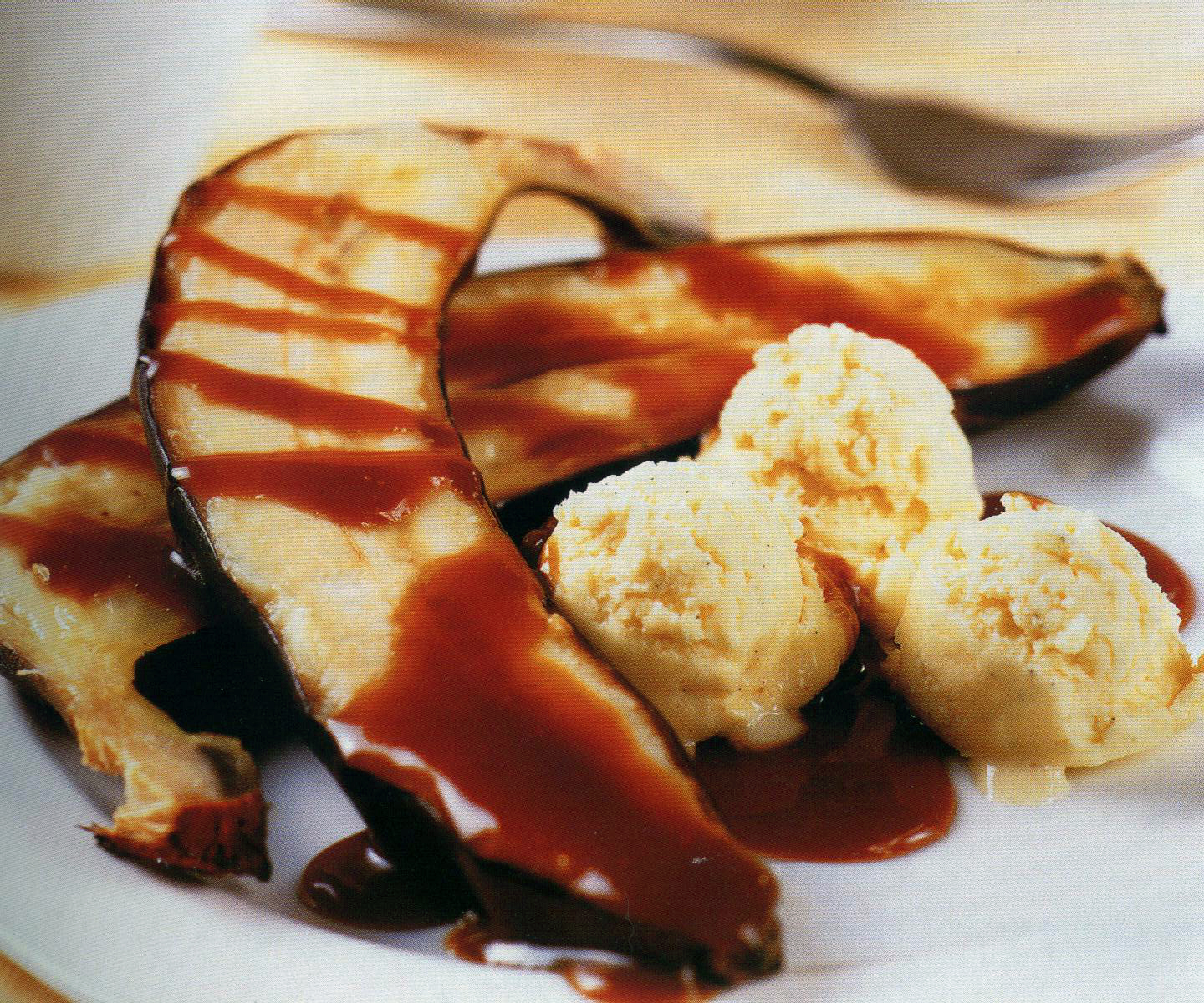
5. Bananas Are Diet-Friendly
A medium banana is 110 calories and provides 30 grams of carbs and 3 grams fiber. In addition to filling fiber, bananas contain resistant starch, a type of carbohdyrate you can’t digest, but helps you feel fuller longer. A banana can have 2-3 grams of resistant starch (the greener it is, the more resistant startch it contains). This makes bananas a great mid-aftenoon snack, or a perfect pre-workout snack if you eat them 1 hour before your workout.
6. 96 Percent of American Households Purchase Bananas Each Month
According to the Lempert Report, on average, Americans consume over 28 pounds of bananas each year, with over 96 percent of households purchasing bananas at least once each month. Dan Koeppel said that, “Americans eat as many bananas as apples and oranges combined.” Total annual world production is estimated at 86 million tons. According to the National Horticulture Board of India, India leads the world in banana production with an annual output of about 14 million tons (23 percent of the world’s total banana production). Most of the Indian bananas and plaintains are used for domestic consumption and not exported to other countries. The other leading banana producing countries are Brazil, Ecuador, China, Phillipines, Indonesia, Costa Rica, Mexico, Thailand and Colombia.
7. Bananas Are Portable and Versatile
Bananas are an incredible versatile fruit that can be eaten on-the-go or used in delicous recipes, from smoothies to baked goods. We are tempted to say that there is not a single banana recipe we met that we didn’t like, but that would be pushing it. For a healthy dessert option try this: get a couple of ounces of dark chocolate (over 70 percent cacao), and melt it. Slice up a banana, and dip each slice in the chocolate until the slices are fully covered. Place them in a container lined with parchment paper, and put it in the freezer. Let them freeze and enjoy a slice as a snack or dessert.
8. Bananas Give You a Boost of Vitamin C
It is usually oranges and strawberries that come to mind when think about Vitamin C, but a serving of banana provides 15 percent of the daily requirement for vitamin C. Vitamin C is an important antioxidant that helps neutralize damaging free radicals and helps keep systemic inflammation at bay. It also helps produce collagen that holds muscles, bones and other tissues together. If you need even more reasons, Vitamin C helps keep blood vessels healthy and is needed to optimally absorb iron and folate.
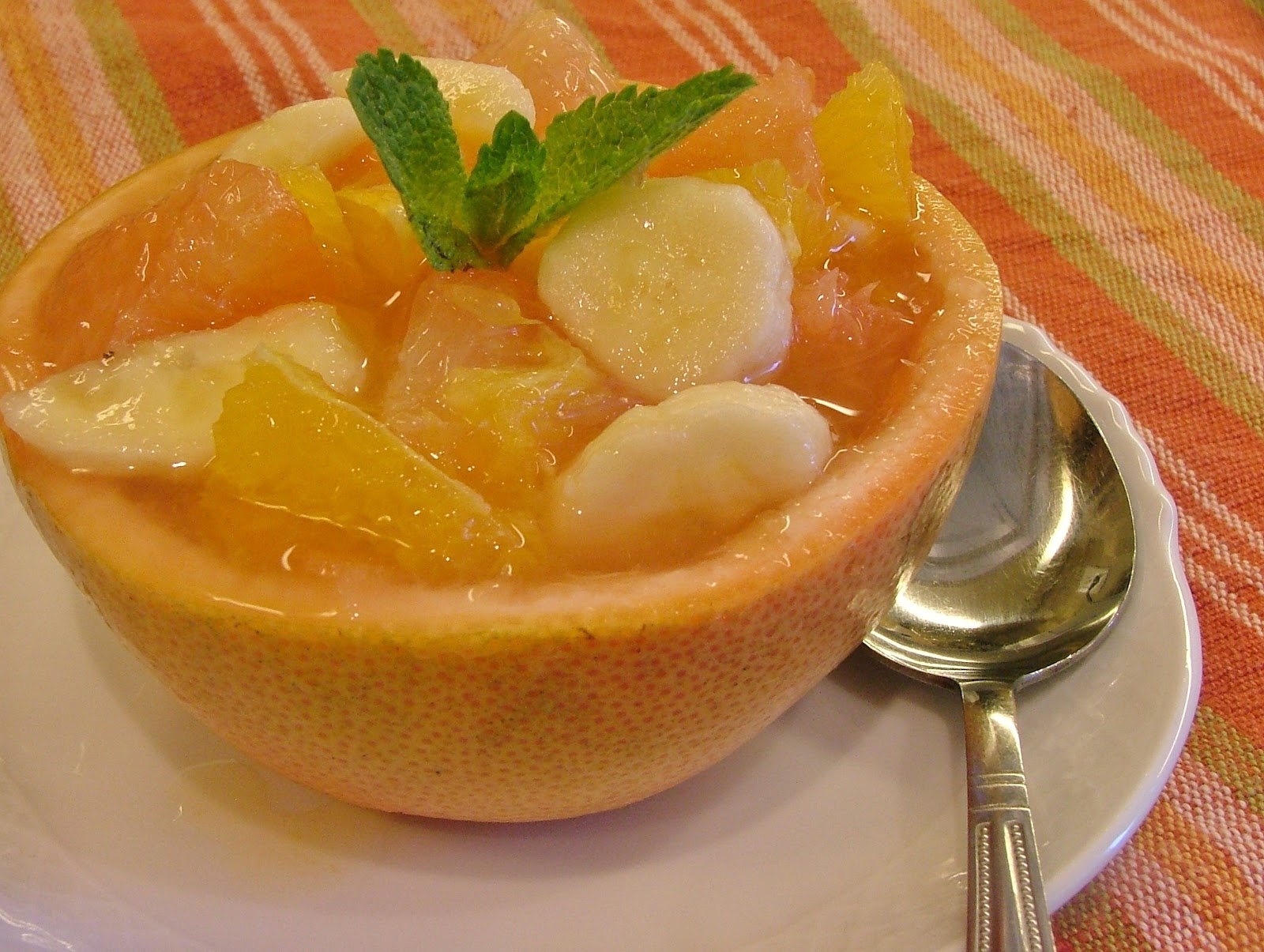
9. The Banana Split Was Invented in 1904 in Pennsylvania
According to “The Banana Split Book: Everything There Is to Know About America’s Greatest Dessert” published in 2004, the Banana split was invented in 1904 by David Evans Strickler, a 23-year-old apprentice pharmacist at Tassel Pharmacy, located at 805 Ligonier Street in Latrobe, Pennsylvania. Strickler, who enjoyed inventing sundaes at the store’s soda fountain, invented the banana-based triple ice cream sundae. The original banana split recipe was three scoops of ice cream (chocolate, vanilla, and strawberry) a whole banana split lengthwise, chocolate sauce, strawberries, and pineapple chunks, chopped peanuts, whip cream and maraschino cherries. According to LIVESTRONG.COM’s MyPlate calorie tracker (depending on how and where it is made), a banana split can contain anywhere from 530 calories to over 1,000 calories and 40 grams of fat.
10. The Bananas Our Grandparents Ate Were Tastier
The bananas we eat today in America are not the same as the ones our grandparents and great-grandparents ate. Today the vast majority of bananas in U.S. grocery stores are the Cavendish variety. Banana expert Don Koeppel wrote in the New York Times, “Our great-grandparents grew up eating not the Cavendish but the Gros Michel banana, a variety that everyone agreed was tastier.” In addition to tasting more flavorful, the Gros Michel banana was larger than the Cavendish we know today. From the 1920s-1950s a soil fungus called “The Panama Disease” ravaged banana farms and banana shortages were frequent. By 1960 “The Panama Disease” had annihilated the Gros Michel banana and the future of the fruit was uncertain until growers turned to the Cavendish variety, which is the type available in grocery stores across America today.
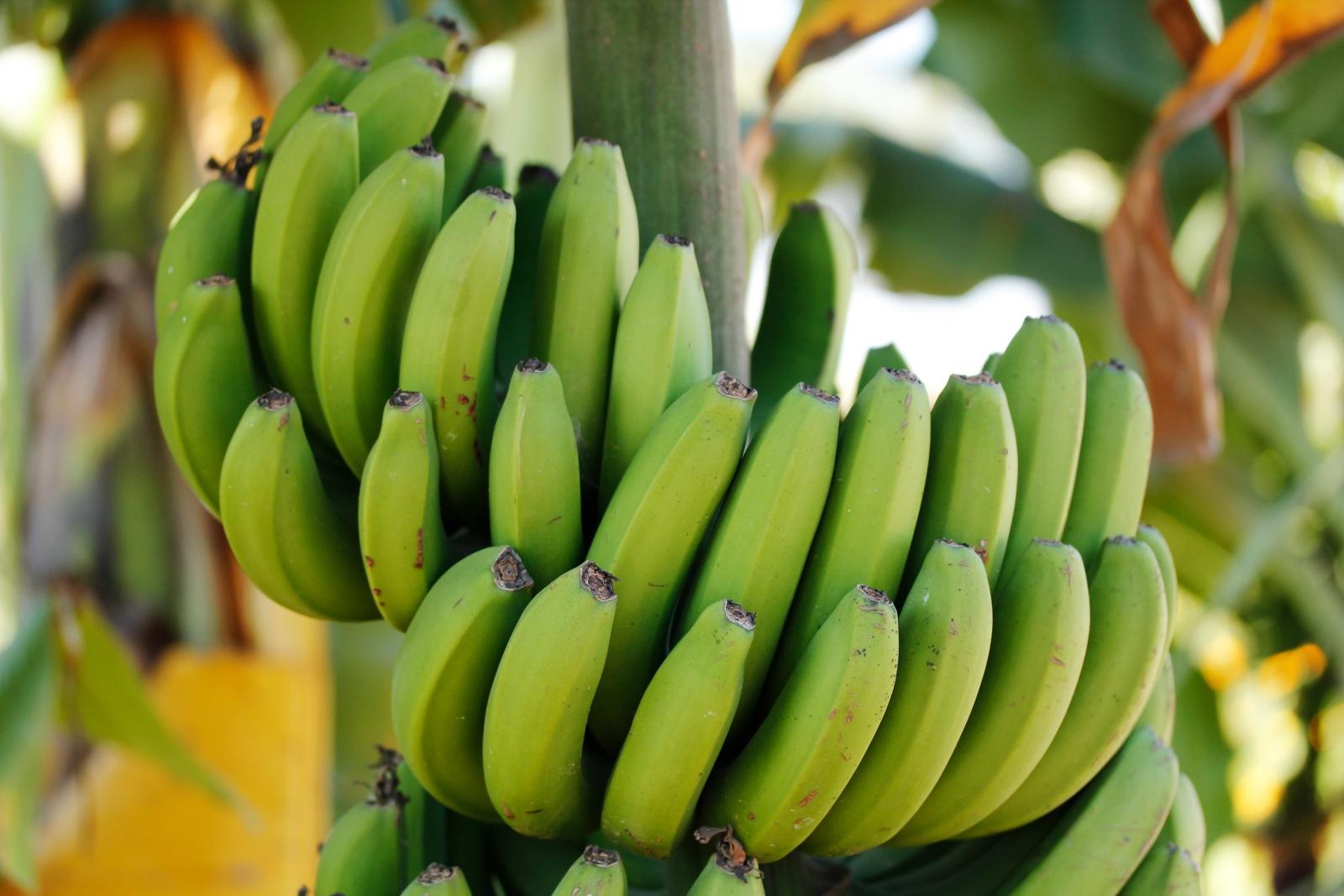
11. Are Today’s Bananas at Risk of Going Extinct?
Banana expert Don Keoppel wrote in The Scientist that a new variety of the fungal disease that virtually wiped out the Gros Michel banana is now attacking the Cavendish variety. According to Koeppel, “Banana companies such as Chiquita and Dole are reportedly working to develop new varieties,” but Keoppel says that the real answer is for consumers to demand more variety of bananas. “Most banana researchers agree that the real answer—as has been the case with crops like potatoes, apples, and grapes—is to abandon the monoculture that makes the emergence of a disease so devastating,” wrote Koeppel. According to Koeppel, there are five types of bananas coming available in the U.S. in recent years that can be purchased at supermarkets and specialty grocers, through mail order, or online: Baby bananas, Manzanos, Burros, Platintains, and Reds.
12. Bananas Are Rich in Vitamin B6
Maybe the saying should be “a banana a day, keeps the doctor away.” Bananas contain 20 percent of the daily requirements of vitamin B6. Vitamin B6 helps the body make nonessential amino acids to create healthy cells. It also helps produce insulin, hemoglobin and antibodies that help fight infections.
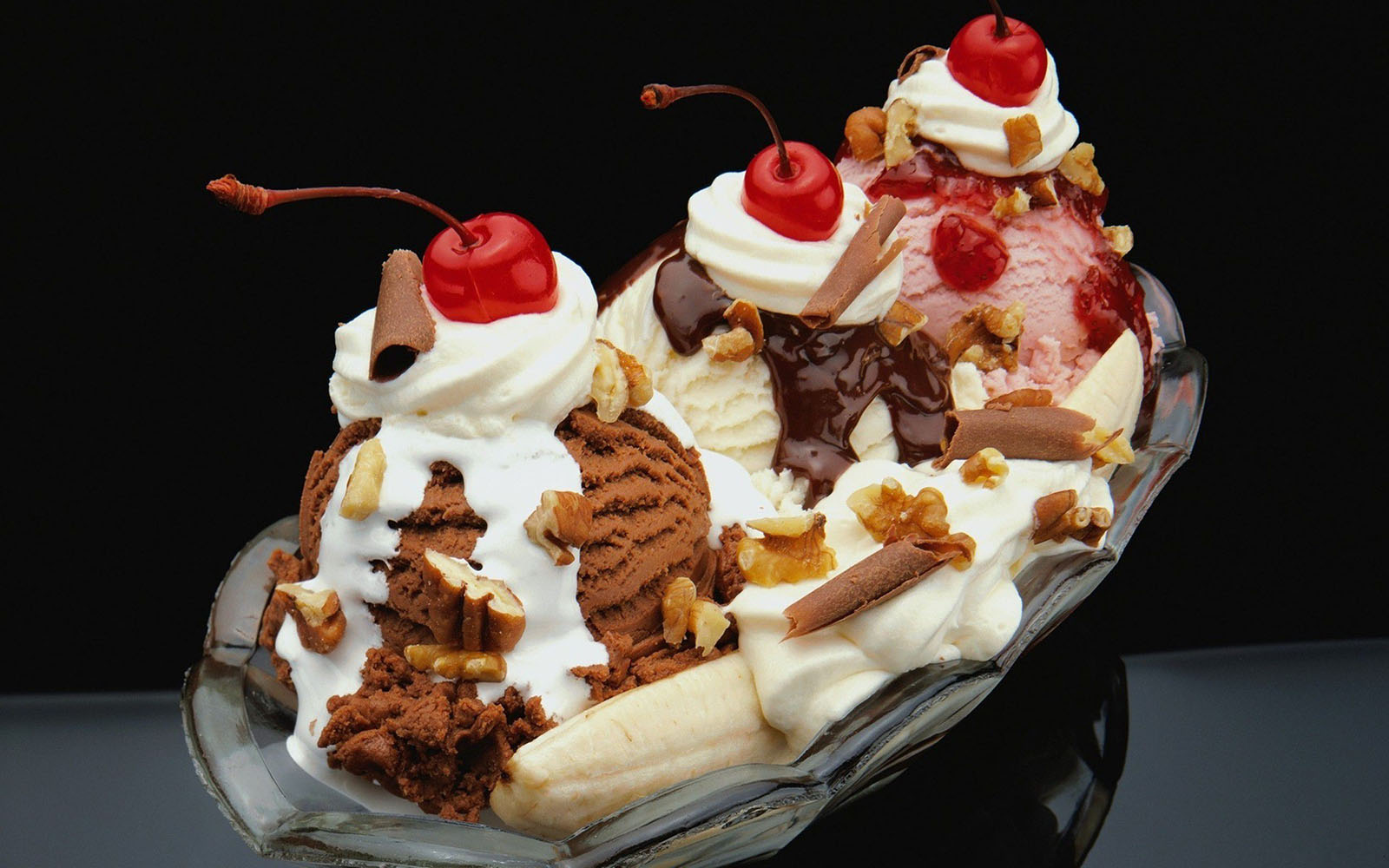
13. Bananas Provide Relief for GI Distress
Feeling a little under the weather? Bananas are great because they’re easy to digest and considered non-irritating for the stomach and upper GI tract. That’s why they’re part of the clinical BRAT diet — bananas, rice, applecause and dry toast — which is a diet plan registered dietitians use when patients have acute diarrhea. Bananas are also one of the first fruits that are introduced to young children when they start eating solid foods.
14. Bananas Are High in Blood Pressure-Lowering Potassium
A medium banana has 422 mg potassium while being sodium-free. The high potassium-to-sodium ratio helps to neutralize the blood-pressure raising effects of sodium in your diet. Various studies show that those who have diets rich in potassium are less likely to have high blood pressure and have reduced risk for stroke. Adults need 4,700 milligrams of potassium a day, so a medium-sized banana provides nearly 10 percent of the daily requirement.

15. Bananas Can Help You Feel Happy
How about having a banana to help you feel peachy? A small banana provides 27 mg magnesium, which may help boost mood. Men and women need 420 mg and 320 mg of magnesium per day, respectively. Low levels of this mineral are linked to depression, anxiety, irritability and other mood disorders. Since many of us don’t get enough magnesium in our diets, consider a banana as your chill pill.
16. Trick to Ripen Bananas Quickly at Home
If you are at the store, and all of the ripes bananas are gone, don’t fret. Here is a tip to make them ripen faster. Place the bananas in a paper bag with an uncut and unpeeled apple, pear or tomato. The ethylene gas that the those fruits emit accelerates the bananas’ ripening process. Check them daily until they are as ripe as you like them.
